The slender fuselage of the Dornier Do-17 engendered the German bomber’s distinctive nickname of the “flying pencil.” In the summer of 1940, the Do-17 was an integral component of the Luftwaffe air armada that struck British military installations and cities in the vain effort to bring the island nation to its knees.
More than 2,100 variants of the Do-17 were produced during the 1930s and into World War II, and the aircraft became an icon of the epic Battle of Britain. For defense in the air, the Do-17 was armed with six 7.92mm machine guns, and despite its spare frame the plane carried a maximum bombload of more than 2,200 pounds. Early variants of the Do-17 faded from frontline combat units as the war progressed; however, the planes continued as trainers and in other roles. The Do-17 served with the air forces of former German allies and other European countries after the war, and the last known example was scrapped in Finland in 1952.
Last known, that is, until either 2008 or 2010, depending on which news service is read, when the mostly intact wreckage of a Do-17 shot down during the Battle of Britain was discovered underwater at Goodwin Sands off the shore of Kent in southeastern England. On June 10, 2013, nearly 73 years after it went down in action, a salvage operation led by the Royal Air Force Museum resulted in the remains of the Do-17 breaking the surface from its watery grave just 50 feet below.
According to The Independent, a British news source, the plan for the hulk of the Do-17 is to apply state-of-the-art conservation techniques to stabilize the corroded and waterlogged relic. The cost of the recovery effort alone approached $1 million. But at what price history?
Already, the story of the plane is fascinating historians, who have pieced together some details of the mission during which the Do-17 was lost. The Independent reports that on the morning of August 26, 1940, nine Dornier bombers took off from their base at St. Trond, Belgium, their mission to raid the RAF fighter base at Manston, Kent. Their secondary purpose was to lure RAF fighter planes into the air so that German fighters could ambush and shoot them down.
The bombers were indeed intercepted by British fighters, and three of their number were lost, including the subject of the salvage operation. Records indicate that the recently recovered Do-17 was attacked by a Boulton Paul Defiant fighter based at Hornchurch east of London.
Crippled by the Defiant’s machine-gun fire, the Do-17 hit the water, apparently in an attempted controlled landing, and flipped onto its back, eventually settling to the bottom. The pilot, 24-year-old Willi Effmert, and bomb aimer Hermann Ritzel, just 21 years old, were plucked from the water by the British and spent the remainder of the war in prison camps in Britain and Canada. Two crewmen, 27-year-old wireless operator Helmut Reinhardt and 28-year-old bomb aimer Heinz Huhn, were killed in action.
Such stories are fascinating, and in the days to come there are sure to be more. RAF Museum personnel are attempting to locate family members of Effmert and Ritzel—to date without success.
As for the business at hand, the conservation of the Do-17 is a daunting challenge. The aluminum airframe is quite fragile after prolonged exposure to saltwater, and contact with air contributes to its decomposition. A custom made chemical concoction is being applied to the plane as it is projected to sit in a specially constructed spraying tunnel for as long as two years.
Depending on the success of the conservation work, the hope is that the restored Do-17 will join the extensive exhibit of World War II aircraft on display at the RAF Museum in London. Ian Thirsk, the museum’s head of collections, remarked, “This was the missing link in our collection.”
Michael E. Haskew
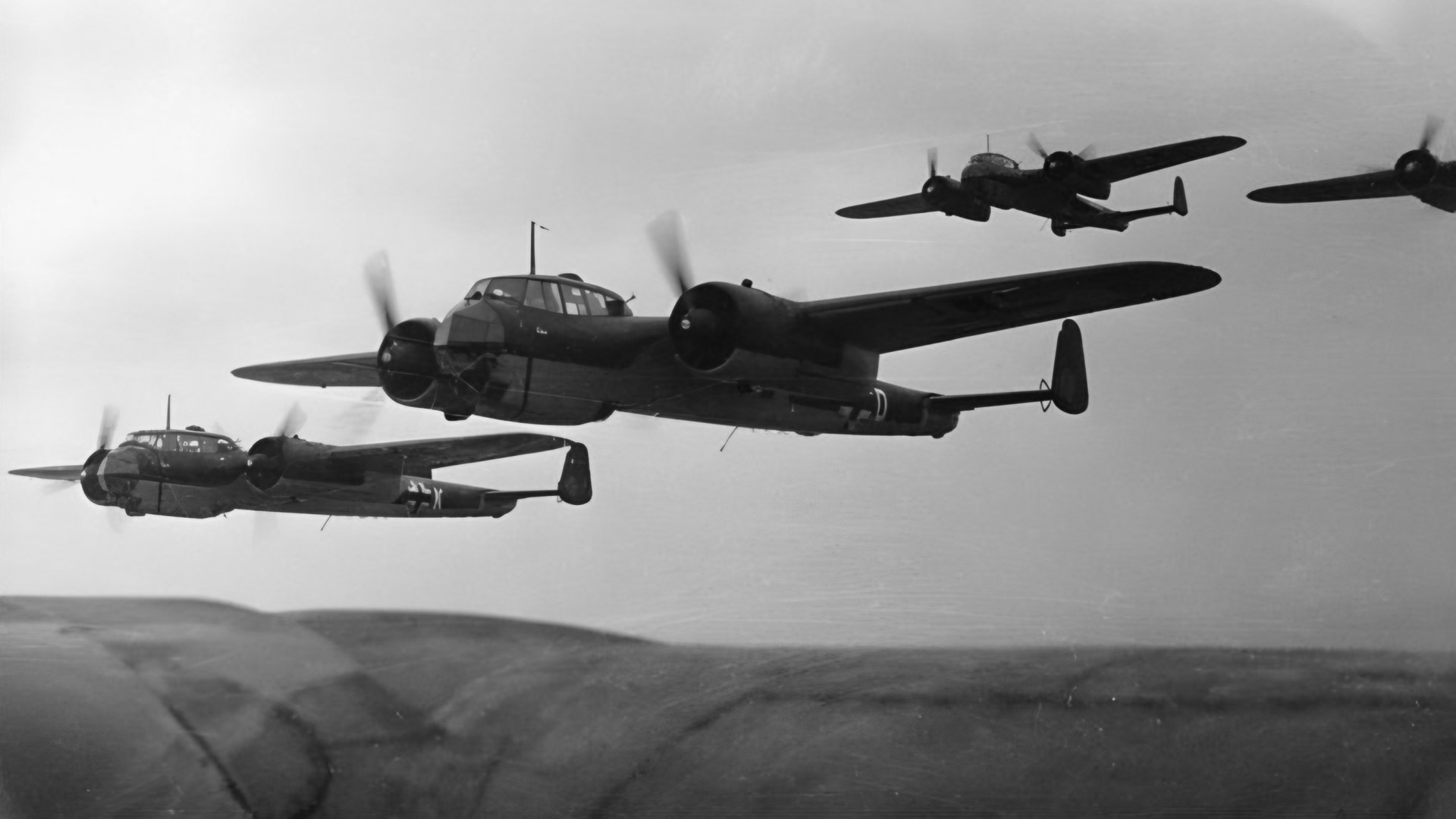


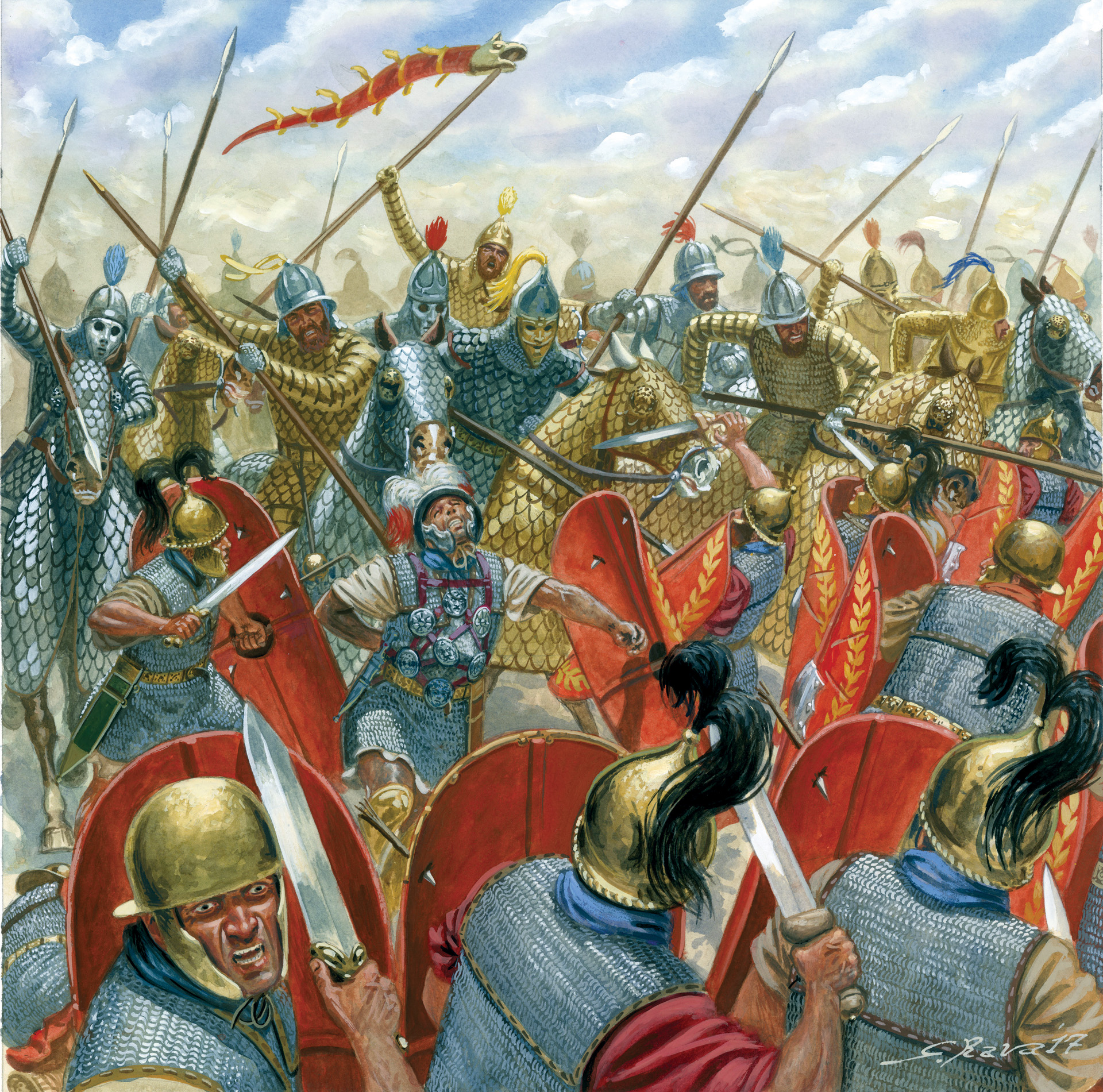
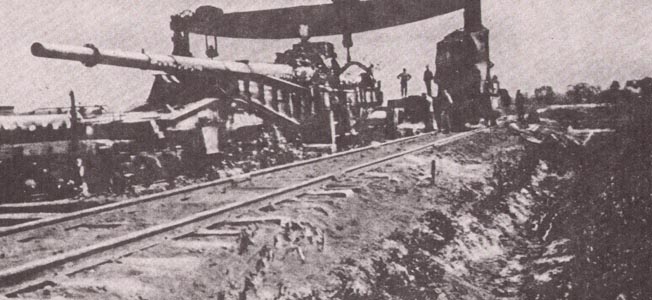
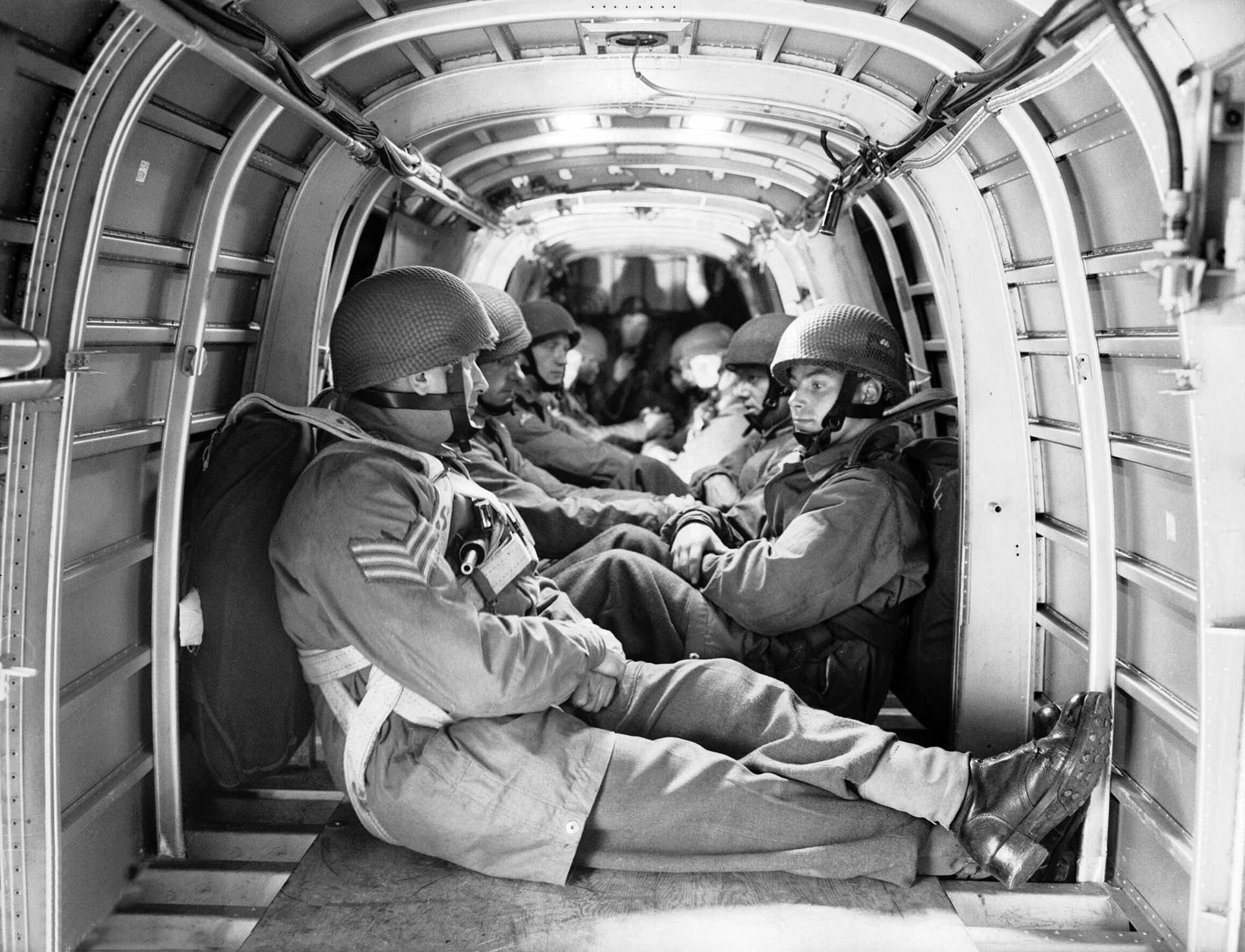
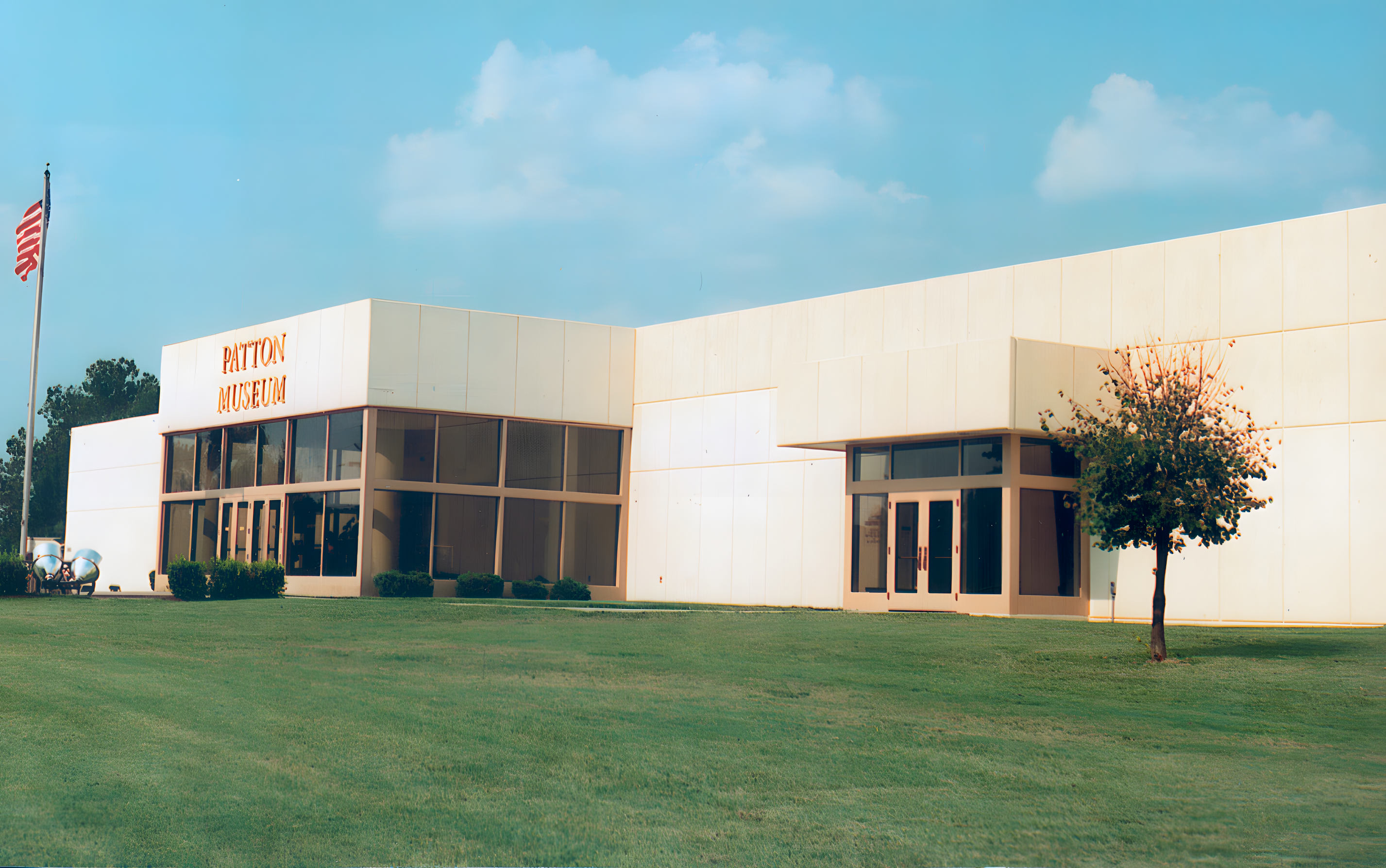
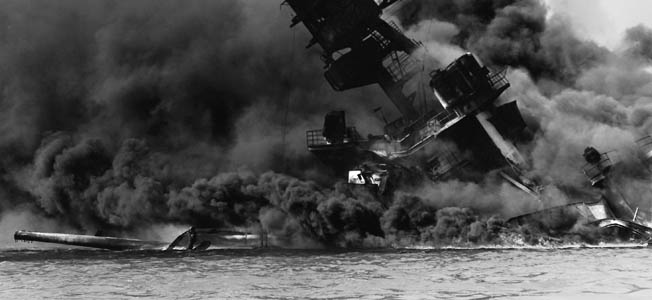
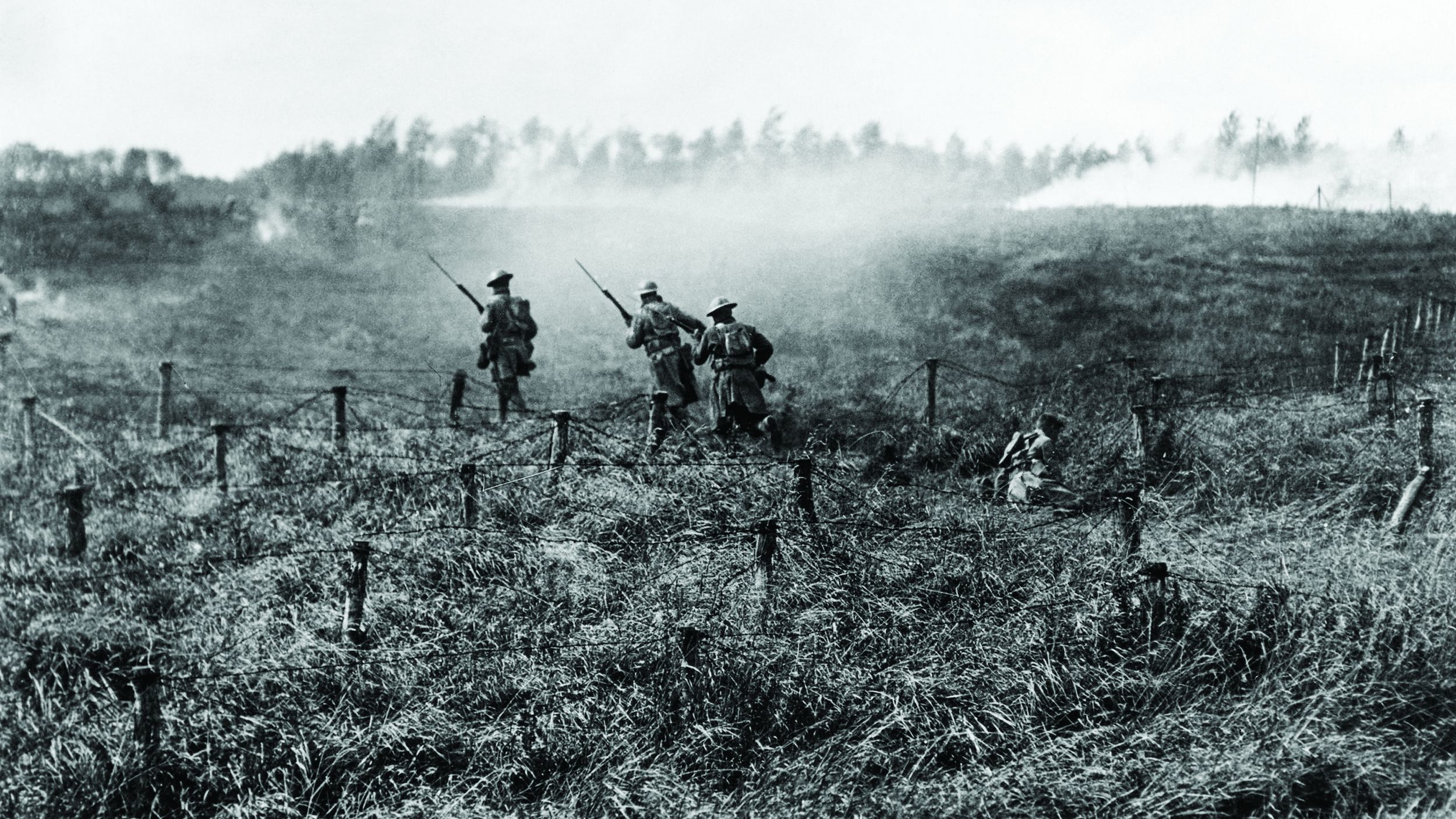
Join The Conversation
Comments
View All Comments